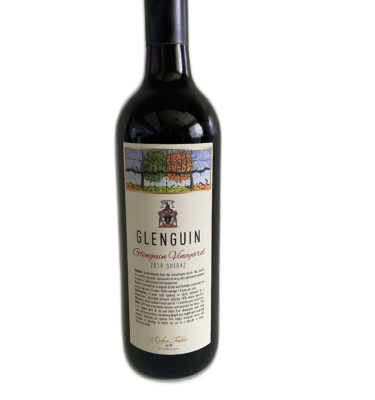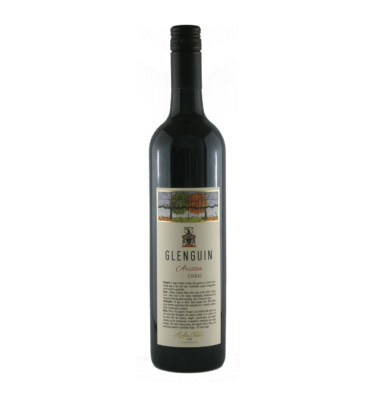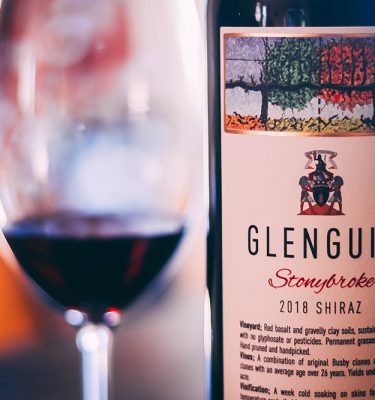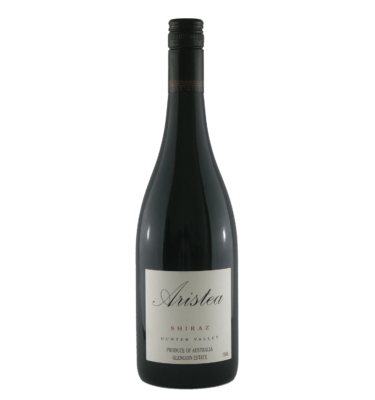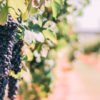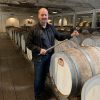The first grapevines grown in Australia outside of the colony of Sydney were planted by James Busby in 1828 at a place called Kirkton, near the town of Branxton, approximately 25 kilometres north-east of Glenguin. The vine library planted by Busby composed of some 600 cuttings, varieties obtained from tours of the vineyards and nurseries of Spain, Italy and France. This included some Shiraz cuttings taken from the Hill of Hermitage the varieties original home, first planted by the Romans.
Today, the Hunter Valley has an enormous array of different vine varieties, some well-known, others emerging. However three grape varieties remain the Hunter Valley’s most widely planted vines: Chardonnay, Semillon and Shiraz. Almost all of the Valley’s household names make wine from at least two of these varieties.
Glenguin started life with a small Chardonnay block planted by Tyrrell’s, however extensive planting early on in the vineyard’s existence quickly established the suitability for Semillon on the highest part of the sandy loam ancient river-flats and Shiraz grown in the unique north east sloping hill. These two blocks called Schoolhouse and Aristea have ideal soils for Shiraz; gravel and riverstones in clay. This old bench of gravel was washed up millennia ago at a time when the Wollombi Brook was a thundering river.
Semillon
Semillon arrived in the Hunter Valley as part of the Busby collection and became known as ‘Shepherd’s Riesling’ after it was propagated by a nurseryman called Shepherd. Over time the name Shepherd disappeared, and it became known as Hunter River Riesling. This naming confusion was only compounded by the grape being known variously as Hock, Chablis and White Burgundy over the years, as well as being bottled in traditional Riesling bottles (for the Rieslings and Hocks) as well as Burgundy bottles (as in the case of Chablis and White Burgundy labelled wines). Indeed, during these times it was not uncommon to find Semillon wines listed with Riesling wines on restaurant wine lists.
Leaving aside its confusing naming history, Semillon (and very specifically that grown in the Hunter Valley) is one of the wine world’s most extraordinary grapes. The berries have a thin skin, the bunches large and compact meaning that a viticulturist needs to be on their guard to ward off any potential disease issues and keep the fruit in pristine condition. Add into this equation the mid-afternoon January Hunter sun and you get a grape variety whose requirements to tendering would render it largely uneconomical to grow. However, when done right, the resulting wine is the Hunter Valley’s true gift to the wine world.
James Halliday calls Semillon’s transition from the young to the mature wine as ‘the most remarkable in the whole world of wine’. When young, the colour will be extremely pale, almost water-like. Aromas of citrus dominate with possibly various levels of grass, lanolin and fresh herbs. The palate will mix citrus brightness with minerality, and a dry, crisp acidity giving slight clues to its future.
At five years of age the wine begins to open up, moving through to pale gold, and the aromas starting to give a glimpse of toast, possibly some light honey, whilst retaining the fresh citrus aromas of its youth. The palate will begin to develop weight, depth and complexity. Add another decade and the wine’s transformation is obvious – honey, toast and characters which would be more at home with a barrel-fermented Chardonnay (extraordinary, given no oak is used in the winemaking) add to the complexity of the bouquet. The palate will have those honey characters and buttered toast on one hand but retaining fresh acidity on the other.
Tasting Semillon at such an age is truly one of the wine world’s best experiences.
Shiraz
Arriving in Australia at the same time as Semillon, it quickly found favour as the red grape of choice by the Hunter’s vignerons as the grape thrived in the red soils of Pokolbin. Maurice O’Shea, considered by many to be the grandfather of Australia’s modern wine industry, was a master with the grape – crafting wines from vines planted at Mt Pleasant’s Old Hill (planted during the 1880s) and vines he planted around the winery in the 1920s.
At Glenguin, our Shiraz parcels are broken into two lots – the original plantings of the Schoolhouse Block (a bench of river gravel named after the old school house that resides on the property) and a new block of ‘Busby’ clone Shiraz, planted in 2015 with material from one of the Hunter’s oldest vineyards with lineage back to Kirkton and, through it, the hill of Hermitage in the Northern Rhône.
The wines are medium bodied and can range in alcohol from 13 to 14%, depending on the vintage. James Halliday states that Hunter Shiraz is ‘at the opposite end of the wine universe to Shiraz from the Barossa Valley,’ and this is particularly true of our wines.
In their youth, the wines display aromas of deep red fruits – dark cherries & blood plums, combining a lively mouthfeel and medium body with fine grained tannins and balancing acidity. As they age, the wines take on the distinctly savoury aromas that typify the Hunter Valley – leather, cigar, hints of dark chocolate and a majestic power that carries these wines for three decades and more, in exceptional vintages.



